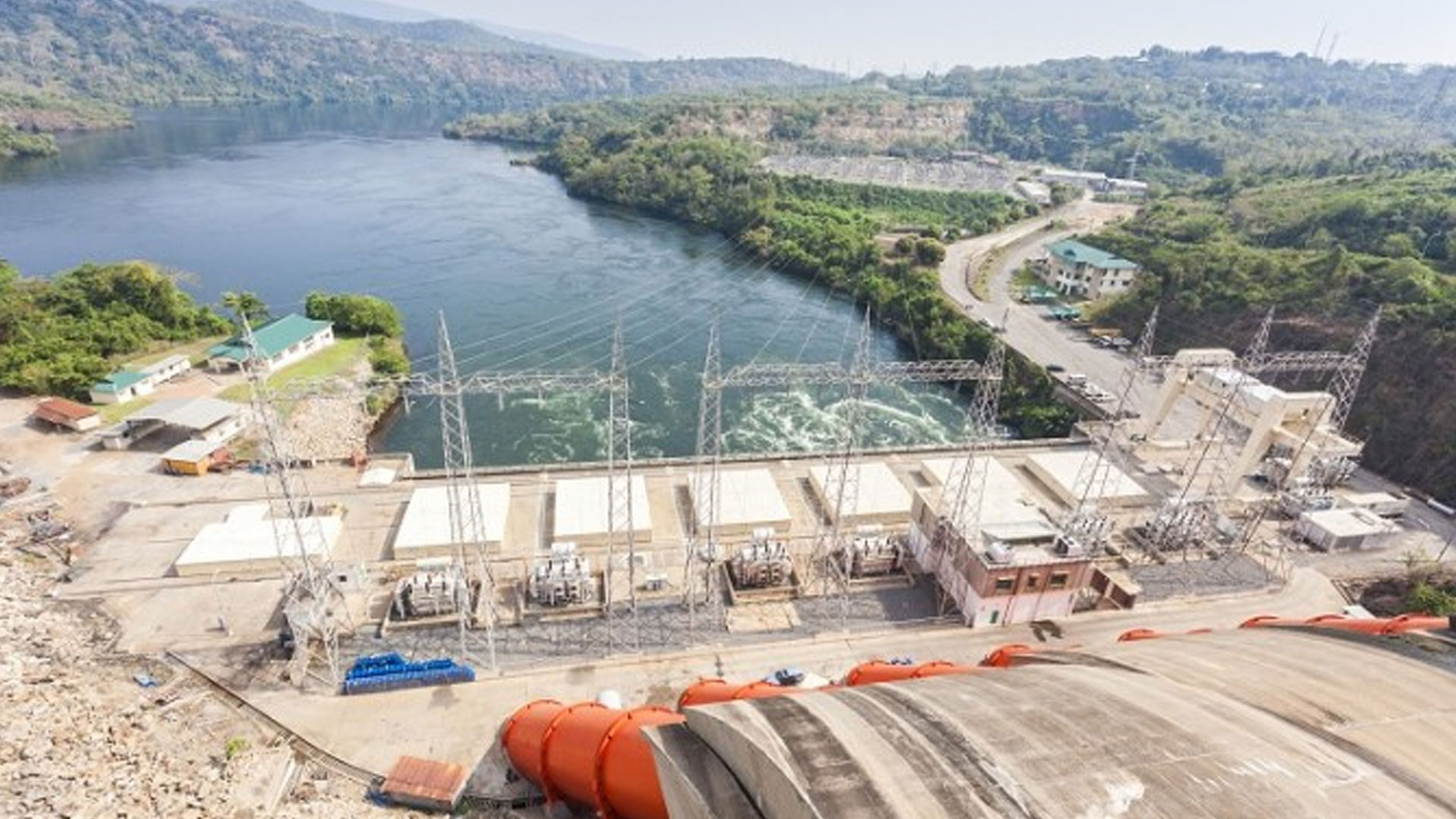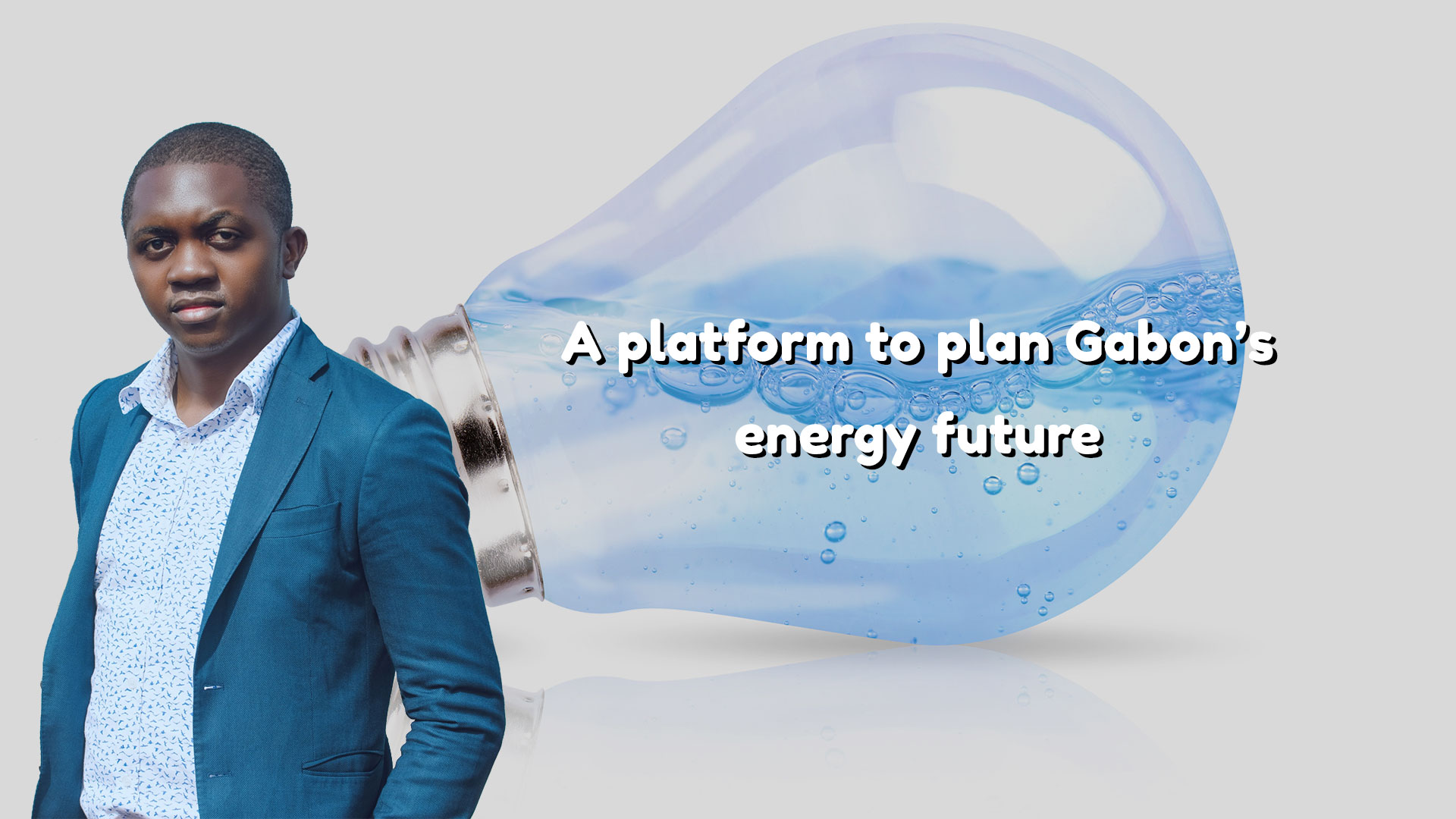On the horizon of Gabon’s hydroelectric expansion lies the Ngoulmendjim project, a game-changer set to deliver 82 MW of capacity and roughly 500–550 GWh annually to the national grid.
It will join two long-standing dams on the M’Bei River - Kinguélé (57.6 MW, in operation since 1973) and Tchimbele (68.4 MW, since 1980) - to form a 160 MW corridor, boosting annual output from about 680 GWh to nearly 885 GWh, a 30 % increase.
This €300 million (~197 billion FCFA) venture is financed through a balanced mix of debt and equity: 40 % from the African Development Bank’s SEFA facility (€120 M / 78.7 billion FCFA) and 60 % equally shared among IFC, Standard Chartered Bank, and equity injections by Asokh Energy (Eranove 60 %/Gabon Power–FGIS 40 %), each at €60 M (~39.4 billion FCFA).
|
|
Technically, Ngoulmendjim will be a gravity dam creating a reservoir over 30 km², feeding three Pelton turbines (~27.35 MW each). Construction began in 2023, with commissioning expected in 2027–2028. Once online, it will increase Libreville’s hydro capacity by roughly 50 %, alleviate urban supply constraints, and complement solar and thermal generation.
Environmental and social safeguards are rigorous: impact assessments, resettlement plans for ~561 people (156 houses on 552 plots), biodiversity offsets, water-quality monitoring, and cultural-heritage protection.
Beyond capacity and carbon savings, Ngoulmendjim will drive regional development - reliable power for peri-urban and rural areas, economic stimulus for small industries, and local job creation during both construction and operation.
Steven OBAME











